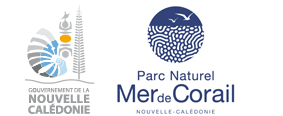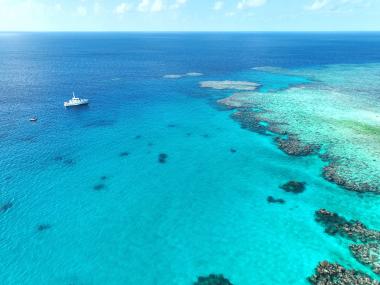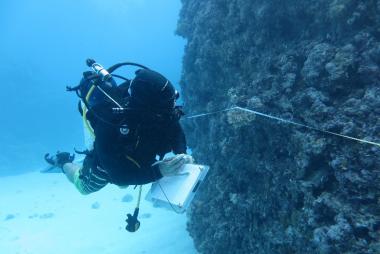Cultural Heritage
THE SEA, A CULTURAL HERITAGE
The links between men and sea play a fundamental role in the cultures and identities of Pacific communities. The idea of « maritime land » exists in the Kanak culture and some islands have customary significance. For example, a traditional link exists between the Kanak population in Belep and the reefs and islands of Entrecasteaux. New Caledonia’s population is therefore particularly concerned about the transmission of their natural heritage and the preservation of the link between men and sea.
In the Kanak culture, the sea has a strong symbolical value and numerous clans recognize themselves in marine totems.
A wide variety of myths, legends, beliefs, rites, know-hows, and customs originates from the sea.
THE SEA AND ITS HISTORICAL LINKS
Walpole Island is nowadays uninhabited but vestiges of a past occupation have been uncovered by archeological digs conducted by the Archeological Institute of New Caledonia (IANCP). A large number of objects have already been found: bones and shells which have been worked, beveled or pierced are proofs of long Polynesian and Melanesian occupations. A book, entitled Walpole Ha colo, an island of extremes, was published by the IANCP about the subject. The guano (sea bird excrements), was exploited on certain islands within the Chesterfield et d'Entrecasteaux atolls, as well as on Walpole Island between the late 19th and early 20th century. The exploitation lasted for several decades.
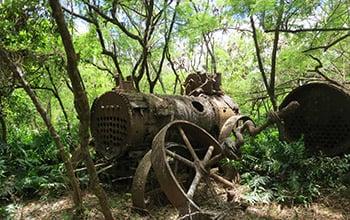
Between the late 18th century and the 1970s, whales and sperm-whales were intensively hunted. The main hunting zones were the waters situated between the Chesterfields and the sea mount chain of Lord Howe as well as Matthew and Walpole Islands. There even was a whaling base in the Chesterfield in 1863 !

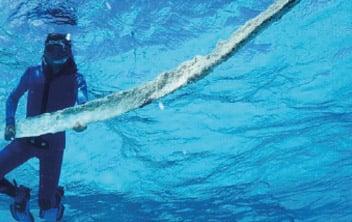
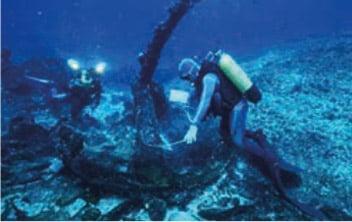
New Caledonia’s maritime history has been marked by numerous sinkings. 270 sinkings are referenced in the archives, 70 wrecks have been identified 30 of which have been inventoried thanks to the work undertaken by the association Fortunes de mer. Finally, the majority of Pacific and Eastern Asian countries were involved in naval battles during World War II. About ten ships sunk South West of New Caledonia’s Grande Terre.
